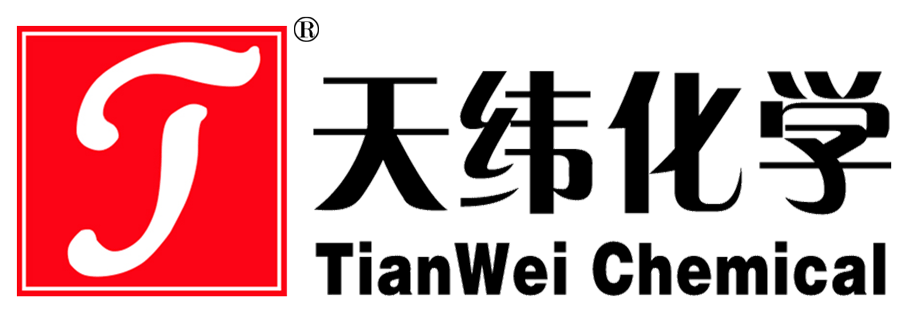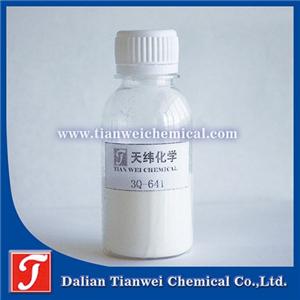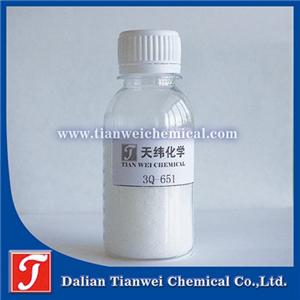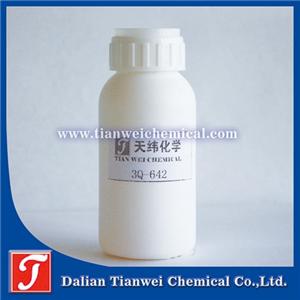The antibacterial agent for polyethylene anti-corrosion steel pipes provides long-lasting antibacterial protection to ensure the quality of the pipes
Polyethylene anti-corrosion steel pipes are widely used in water supply, drainage, gas transmission and other fields. If their surfaces and interiors are kept in a damp and nutrient-rich environment for a long time, they are prone to breed bacteria, fungi and other microorganisms, leading to pipeline corrosion, blockage or water quality pollution. As a key functional additive in polyethylene anti-corrosion coatings, antibacterial agents can effectively inhibit the growth of microorganisms, ensuring the service life of pipelines and the safety of the conveyed medium. The following is an introduction from multiple aspects
I. Working Principle
Antibacterial agents prevent the colonization and reproduction of bacteria, fungi, etc. on the surface and inside the polyethylene anti-corrosion layer by interfering with the cellular structure of microorganisms (such as destroying the integrity of the cell membrane), inhibiting their metabolic processes (such as hindering protein synthesis and interfering with enzyme activity), or directly killing microorganisms, thereby avoiding the corrosion of pipelines caused by microbial metabolic products (such as organic acids). At the same time, it reduces the formation of biological slime.
Ii. Performance Requirements
High efficiency: It can inhibit a variety of common microorganisms (such as Escherichia coli, Staphylococcus aureus, sulfate-reducing bacteria, Aspergillus Niger, etc.) at a low addition amount, meeting the antibacterial performance requirements of relevant industry standards (such as "Polyethylene (PE) Piping Systems for Water Supply" GB/T 13663).
Compatibility: It does not undergo chemical reactions with polyethylene substrates and other additives (such as antioxidants, colorants, stabilizers, etc.), and does not affect the physical and mechanical properties (such as tensile strength, impact strength, corrosion resistance) and processing performance (such as extrusion formability) of the anti-corrosion layer.
Long-lasting effect: It slowly releases or maintains its activity during the long-term use of the pipeline (usually 20 to 50 years), with a long-lasting antibacterial effect that does not significantly decline over time.
Safety: Non-toxic and non-irritating to the human body, environmentally friendly (compliant with EU RoHS, REACH and other environmental protection regulations), especially in drinking water pipelines, it needs to pass hygiene and safety tests (such as GB/T 17219).
Stability: It does not decompose or volatilize during polyethylene processing (extrusion, injection molding, etc., with temperatures typically ranging from 150 to 200℃) and in usage environments (temperature changes, humidity, pH value fluctuations), maintaining chemical stability.
Migration resistance: It is not easy to migrate from the polyethylene anti-corrosion layer to the conveyed medium, avoiding contamination of the medium or reduction of its own antibacterial effect.
Iii. Application Scenarios
Municipal water supply/drainage pipes: Inhibit the growth of bacteria on the inner walls of pipes to prevent water quality pollution or blockage by biological slime.
Gas transmission pipelines: Resist the corrosion of pipelines by microorganisms in the soil (such as sulfate-reducing bacteria) and extend their service life.
Industrial pipelines: They are used for the transportation of media in industries such as chemical engineering, pharmaceuticals, and food to prevent microbial contamination of products or corrosion of pipelines.
Marine engineering pipelines: Resist the adhesion and corrosion of halophytic microorganisms in seawater environments.
Agricultural irrigation pipelines: Prevent the reproduction of algae and bacteria in water bodies and ensure the smooth operation of the irrigation system




